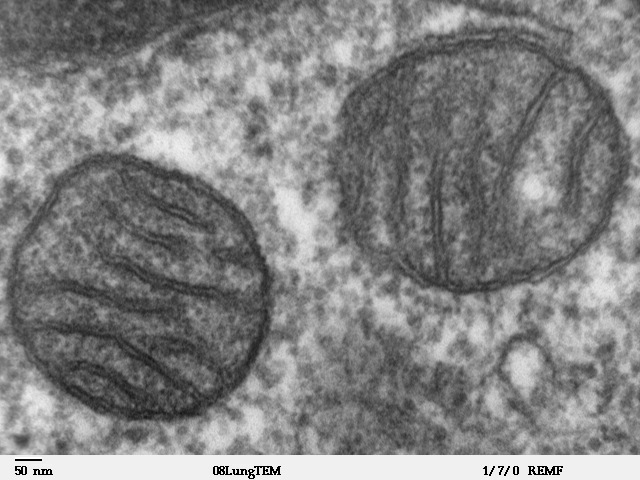#Direct observation of desorption of a melt of long polymer chains
“#Direct observation of desorption of a melt of long polymer chains”

In our everyday life it’s not uncommon to see the same material in different states. Take for example water: it’s a liquid at ambient temperature, we can convert into ice when cooled below 0°C and it becomes a gas when heated above 100°C. The passages between these different states of matter are called phase transitions.
Phase transitions are the expression of the organization and interactions of molecules and atoms inside materials, and because of this they have been largely studied by physicists, chemists, biologists, and many more.
Some phase transitions, though predicted by theory, remain elusive and their existence cannot be verified with experiments, because of the harsh conditions in which they occur. This is the case of the adsorption/desorption transition of polymers.
Polymers are long molecules made up by the repetition—often more than thousand times—of the same unit, called monomer. This particular structure brings up a series of interesting properties. For example, a polymer molecule can strongly adhere onto a surface even if the interaction between one single monomer and the surface is very weak: l’union fait la force. In fact, in order to separate the whole molecule from the surface, one would have to remove one by one all the monomers that are weakly attached, which is very unlikely to occur. Polymer chains are those considered irreversibly adsorbed, that is, a polymer chain is supposed to stick on a surface, for an extremely long time, basically forever.
Theorists have proposed that the adsorbed state is, instead, transitory and, when heated well above room temperature, polymer molecules should desorb and leave the surface. This would be the adsorption/desorption transition.
Till now, however, no one could verify these ideas, because the temperatures where this phase transition should occur are very high, and the material degrades before, eventually, desorbing.
Now, writing in Nature Communications Simone Napolitano (Laboratory of Polymer and Soft Matter Dynamics, ULB) and his collaborators, Xavier Monnier and Daniele Cangialosi, from the Donostia International Physics Center and Centro de Física de Materiales of San Sebastián (Spain) have been able to experimentally access the adsorption/desorption transition.
Combining the expertise of Cangialosi in phase transitions and that of Napolitano on adsorption, the team has used a new technique called fast scanning calorimetry, that permits to measure the heat exchanged by a material while the temperature is varied very rapidly. The technique can bring the polymer molecules from room temperature to 400°C within a fraction of second, and within this short interval the material does not have time to degrade.
By studying this phenomenon, Monnier and coworkers have observed that a very tiny quantity of heat is released from the polymer chains when they desorb from a surface, which permitted to classify the adsorption/desorption as a first order phase transition.
This is similar to what happens to ice when we put it on the table. At low temperature, the molecules stay together thanks to interactions which keep the material in the solid state. By heating above 0°C the interactions start to fade, which corresponds to a heat exchange. The same occurs to polymer chains when they desorb.
Emmanouil Glynos (Foundation for Research and Technology-Hellas), expert of polymer physics commented, “Monnier et al have been able to observe desorption by heating a thin polymer layer, a neat result which was not achieved before. Fast calorimetry permitted them to fully characterize this elusive phase transition, this is an incredible advancement of the state of the art of soft matter physics.”
In addition to the tremendous advancement of the study of phase transitions, this study opens to new methods to tailor the properties of nanomaterials as smart coatings, flexible electronics and more. The properties of these innovative systems, in fact, depend on how many molecules are adsorbed, and the authors anticipate that by adequately mastering the adsorption/desorption transition it will be possible to fabricate better performing and more durable materials.
More information:
Xavier Monnier et al, Direct observation of desorption of a melt of long polymer chains, Nature Communications (2020). DOI: 10.1038/s41467-020-18216-y
Direct observation of desorption of a melt of long polymer chains (2020, September 1)
retrieved 1 September 2020
from https://phys.org/news/2020-09-desorption-polymer-chains.html
This document is subject to copyright. Apart from any fair dealing for the purpose of private study or research, no
part may be reproduced without the written permission. The content is provided for information purposes only.
If you want to read more Like this articles, you can visit our Science category.
if you want to watch Movies or Tv Shows go to Dizi.BuradaBiliyorum.Com for forums sites go to Forum.BuradaBiliyorum.Com



.JPG)